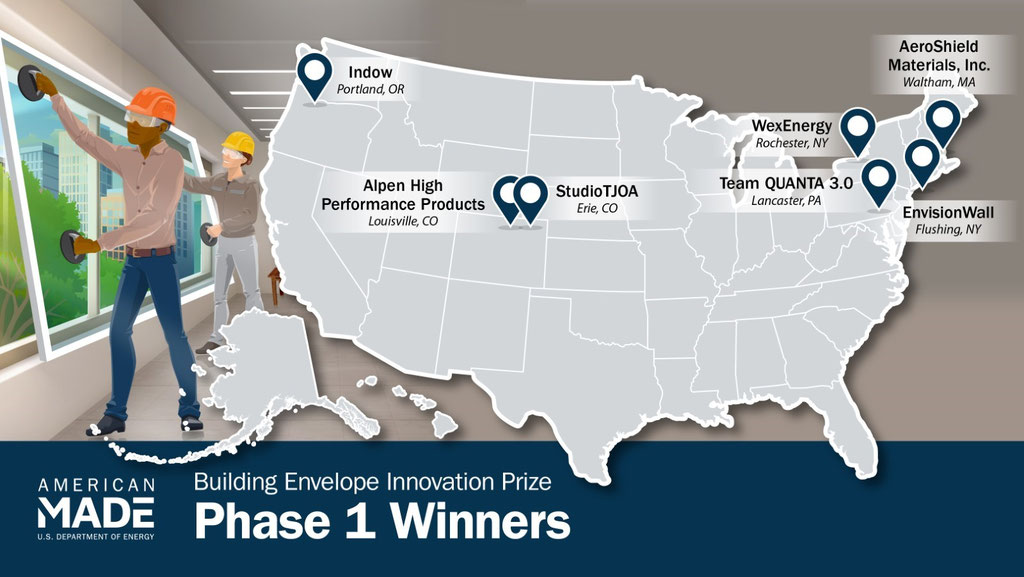This afternoon, the U.S. Department of Energy’s Building Technologies Office (BTO) announced seven Phase 1 winners at an event held in Washington, DC. These seven teams won $50,000 each for their high-performance, cost-effective secondary glazing system (SGS) design concept submissions and the chance to compete in Phase 2 – Prototype.
The prize will offer $2.1 million across three phases to incentivize the development and production of new SGS designs. In Phase 1 – Design Concept, competitors submitted innovative, market ready solutions and shared early data on their SGS’s performance metrics.

We are thrilled to announce the Phase 1 – Design Concept winners!
AeroShield Materials Inc. (Waltham, Massachusetts) shared a design using advanced materials with significant potential for advancing the state-of-the-art performance of SGS with broad applicability across a variety of systems.
Alpen High Performance Products (Louisville, Colorado) developed a project focused on reducing the costs of an existing on-site manufactured product that scales price with performance. Alpen’s SGS solution is low cost and high performance with short installation times.
EnvisionWall (Flushing, New York) designed a cost-effective, quick retrofit option designed for installation over windows that can and cannot open.
Indow (Portland, Oregon) created a design concept incorporating vacuum-insulated glazing within an SGS frame. Indow’s design offers the possibility of improved thermal performance in a product that can be installed easily and quickly.
Thermalswitch Building Envelope Extension by StudioTJOA Inc. (Erie, Colorado) devised a product that accounts for different performance levels and climates, with advanced thermal performance and a simple design.
Team QUANTA 3.0 (Lancaster, Pennsylvania) evolved its design model to combine vacuum-insulated glazing with shade control in an innovative solution that boasts variety in applications and levels of performance.
WexEnergy (Rochester, New York) conceived a unique product that provides a solution for operable windows with lower initial costs, quick installation, and short payback periods.
These seven solutions are innovating a retrofit technique that does not require opening up walls to increase building energy efficiency while still reducing both installation time and cost.
We are looking forward to Phase 2 – Prototype, which is now open for submissions (only Phase 1 winners are eligible to compete in Phase 2)! We have also made a modification to the Official Rules, which reflects that DOE will award up to seven winners, instead of five winners, in the Design Concept Phase.

